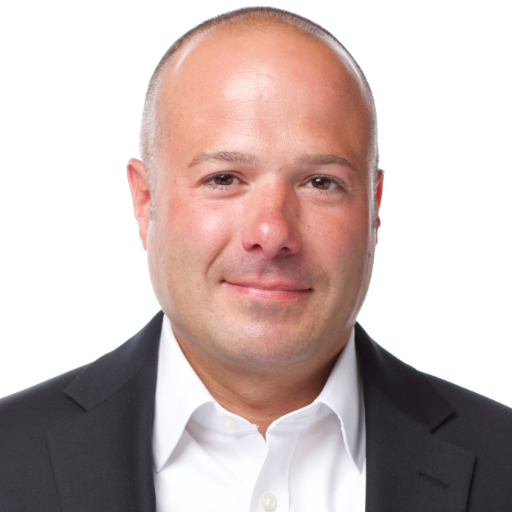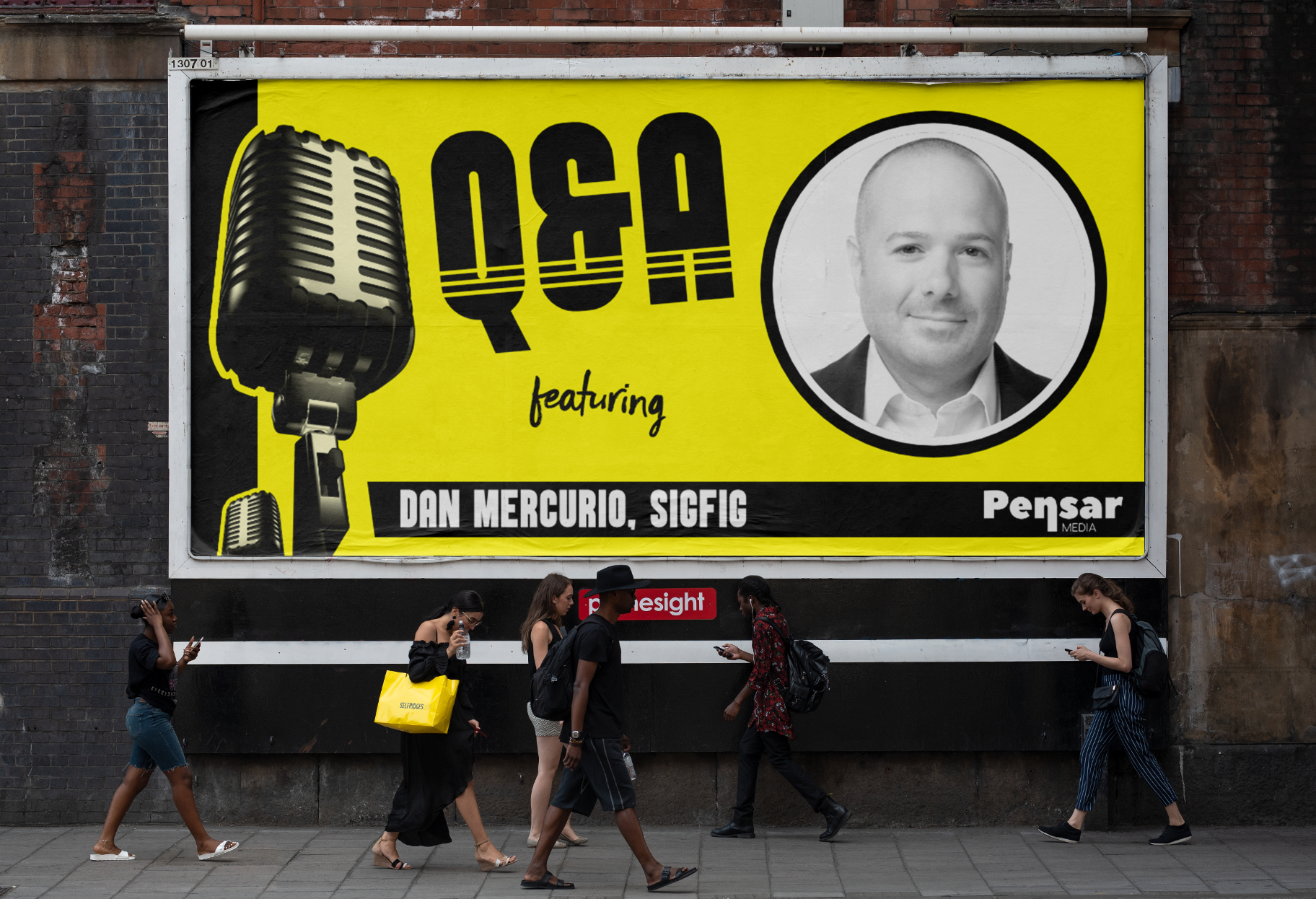Welcome to the second part of our Q&A mini-series with some of the experts we interviewed in our recent Future of Investment Report...
DAN MERCURIO, HEAD OF STRATEGIC PARTNERSHIPS, SIGFIG

Can you tell us a little bit about your technology and how you are helping wealth and asset managers with digital transformation?
"When robo-investing really started to heat up and folks like Betterment and Wealthfront and the like really started to aggressively market direct to consumer, SigFig joined that party and built a direct-to-consumer robo. We had previously been a data aggregation provider for large investment media portals, analysing billions of dollars-worth of portfolio dollars to identify where customers had opportunity to improve the health of their portfolios. So when direct-to-consumer digitally-managed accounts—more commonly known as robo—came into play, we jumped at the opportunity given the fact that we had one toe in the water already.
"Our mission was to really democratise financial advice for everyone, but we quickly realised that in order for SigFig to reach customers at scale we really needed to pursue a partnership strategy—a B2B2C strategy—versus a direct-to-consumer strategy. The cost to acquire new customers with an unknown brand is really high and challenging, so we did a fairly quick pivot to a model of being a technology provider and also a sub-advisor on the investment side to large financial institutions. That led us down the road of white labelling our robo platform and we signed a few key marquee wealth clients in UBS and Citizens Bank very quickly after making that pivot. Those institutions brand our solution and configure and customise it, and use it to go to their customer base with an affordable value-driven digital-investing experience."
What are the main drivers for digital transformation?
"There are a number of different themes that I think are relevant to the conversation. Number one: segmentation, and for advisors to be able to service more clients at scale. Advisors will tell you that their most productive activities involve getting to know clients and building rapport, but when you ask them what they spend their time doing, there’s a disproportionate amount of operational overhead they have to muddle through just to maintain a book of clients. By automating and digitising a lot of the administration and operational function of the business, and by improving efficiency, they can service more clients at scale—but to do that they need to modernise their platforms.
"Then number two is very recent, which is Covid-19. So with Covid preventing full-service physical-channel engagement, advisors are having to serve many more clients remotely than they have in the past and the platforms that they use have not been optimised for that remote engagement model. As a result we see all of our partners investing in call centre-based advice that feeds into demand from clients to have a quality portfolio at a reasonable price point with access to advisors when they need them, but without the overheads of maintaining a relationship with one particular individual. That’s a bit different from a one-to-one advisor relationship that you would traditionally see in the full service business."
How far down the digital transformation path is the wealth management industry?
"We’re big believers that the future is already here. We use a term internally called the coronavirus time machine, which has really leapfrogged customer behaviour. When I talk to our large wealth management clients the impact of the global pandemic has truly disrupted the business in ways that they just were not prepared for. If you think about how investment advice has been delivered historically between an advisor and a client, all of the engagement models that exist in the market today are optimised for face-to-face client dealings, so the impact is truly significant. The next 12-18 months will be a period of time where wealth management companies and banks try to rapidly accelerate the development of solutions that allow for remote client engagement."
What are the biggest challenges for adopting new technology?
"First and foremost it’s a desire to be perfect versus get something out there fast. We, like many other startups and technology companies, really place emphasis on getting an MVP solution out to market that may not be perfect but is a big step forward and allows firms to learn and test and adapt in real time. A lot of the firms we work with are used to a waterfall project management methodology, so it is a shift in culture for them. That’s one of the challenges, but the partners we’ve worked with have been able to work through that. Right now we’re still in a challenging period where large financial institutions know that digital transformation is critical but business continuity issues related to the global pandemic continue to focus a lot of resources and attention.
"Then the third piece that is very specific to the wealth management business is that advisors are creatures of habit, and to change the behaviour of an advisor takes time and a lot of robust change management efforts. In addition, firms are worried about losing advisors to competitors, so it’s a balance of moving quickly and ultimately transforming the business but with the well-being and the satisfaction of the advisors still front and centre at a lot of organisations. None of those are complete blockers for doing what needs to be done, but they definitely present some challenges."
If everybody is adopting technology, how can firms maintain a competitive edge?
"There is likely going to be an over-rotation in the market to go full digital and forget about ways to leverage success of physical channels. The firms that will succeed are the firms that will place an emphasis on digital but find ways to cleverly connect it to the physical distribution channels that have made them successful up to this point. Firms that really take a nimble approach to trying different things and placing a few different bets, that’s what we think will separate the winners and losers."
What technology do you think could make a big difference to how wealth managers interact with their clients in the future?
"There are a couple of bodies of work on the technology front that I think will make a big difference. The first is better capabilities to allow for a digital health check of a client’s portfolio. We do some of that now, but advisors have always looked for ways to be able to very quickly analyse existing portfolios and find areas to uplevel or improve the investment strategy. There’s a lot of technology that can help support that—we call it guidance—so digital guidance as a way to allow a client and an advisor to work together, and within a few minutes of pressing a button be able to see what an upgraded portfolio looks like based on some basic input.
"Then the automation of some relationship management functions will allow advisors to talk to more customers more regularly with less effort. Some work we’ve done recently on automating the annual review process for the advisor has allowed them to reach more customers more quickly with more relevant advice, while also maintaining the regulatory expectation requirement around annual reviews."
Click here to download the full report.





